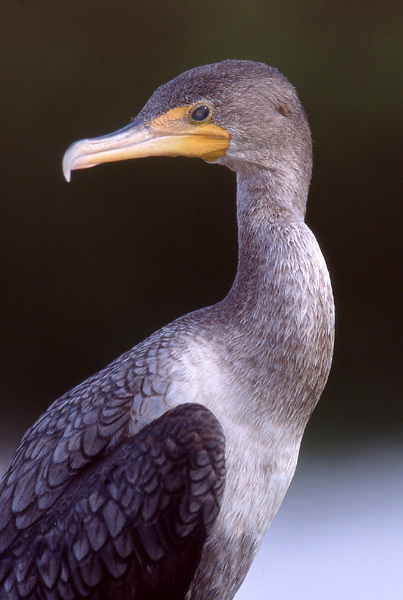Nature Canada Opposes Proposed Slaughter of Cormorants
Nature Canada strongly opposes proposed changes to hunting laws permiting the slaughter of Double-crested Cormorants in Ontario. There is simply no scientific evidence supporting the need for such extreme measures. We believe that the changes proposed by the Ministry of Natural Resources and Forestry (MNRF) are not only misguided but dangerous to other wildlife and the public.
Cormorants are a success story, and are native to Ontario
The Double-crested Cormorant is a species native to Ontario, and is a remarkable success story after the decimation of their populations between the 1950’s and 1970’s from exposure to toxic contaminants such as DDT and PCBs in their diet of forage fish.
As was the case with other fish-eating species such as the Bald Eagle and White Pelican, exposure to these chemicals caused many adverse impacts on their health. This resulted in significant population decrease. Since the ban on DDT and PCBs in the early to mid-1970s, the population of Double-crested Cormorants rebounded.

Why we’re saying no to an ‘open season’ on Cormorant hunting
Nature Canada opposes the proposed changes to hunting laws relating to Double-crested Cormorants because of the:
- Lack of scientific evidence or justification for the need of such extreme measures. The MNRF has failed to provide the science demonstrating the need for the proposed changes, and there is no evidence that Cormorants are responsible for the decrease in commercial fish populations. The MNRF itself states that the Cormorant species population is stable or decreasing.
- Negative impacts on Double-crested Cormorants and other wildlife species. The proposed bag limit of 50 Double-crested Cormorants per day per hunter with no limits on possession, over a nine and one-half month hunting season would mean that one individual hunter could shoot and kill 14,550 birds per year. The proposal also allows hunting from stationary boats, and at breeding colonies. This puts other water bird species such as the Great Blue Heron, Black-crowned Heron, the Caspian Ternand others at risk of being killed alongside the Cormorants.
- Inhumane treatment of native wildlife. MNRF is proposing amendments to the current Fish and Wildlife Conservation Act to allow hunters to leave Cormorant carcasses to spoil. This amendment would be an unethical change and dangerous precedent for hunting laws which are fundamentally about responsible harvest and use (consumption) of game animals. MNRF would also allow Double-crested Cormorants to be hunted during their breeding season, another unethical proposal. Undoubtedly, some of the individual birds that will be killed may have young chicks already, which will in turn lead to the death of young chicks by starvation.
- Danger to human life. Cormorant colonies are often located close to areas frequently used by people, such as Tommy Thompson Park in Toronto, Presqu’ile Provincial Park near Brighton, the vicinity of Point Pelee National Park, Chantry Island near Southampton, and along the Ottawa River. It would be extremely dangerous and misguided for the MNRF to permit the hunting of Cormorants and the discard of carcasses in places where significant numbers of people are present.
It is for these reasons that Nature Canada opposes the proposed changes to hunting laws allowing the slaughter of the Double-crested Cormorant. We are urging the Ministry of Natural Resources and Forestry to abandon the proposal and instead focus on protecting wildlife species.


